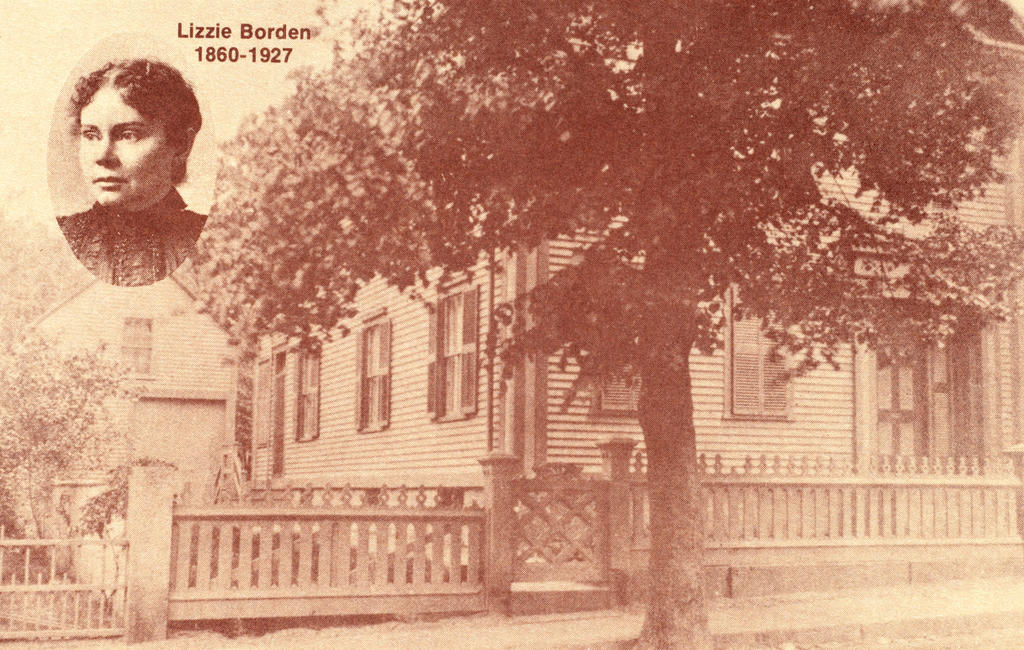What is the legend of La Llorona?
In most Spanish-speaking countries, the most widely told ghost story is that of La Llorona, which translates to “The Weeping Woman.” In most iterations of this legend, it’s said that the woman went down to either a lake or some other large body of water with her children and drowned them one by one and then herself. Legend says that she now walks around crying loudly, searching for new children she can call her own, and “haunting” those with the misfortune of meeting her. Unsurprisingly, the most consistent characteristic about her is the haunting sound of her weeping, as that is what her name translates to in the literal sense.
What are the Origins?
Some say it originated in Mexico and traveled orally throughout Spain and other countries from there. Although this is a good theory, there are traces of forms of this story from all the way in Aztec mythology, such as the earth goddess Coatlicue. Another story that’s related to La Llorona is the legend of “La Malinche.” This is based on an enslaved Indigenous woman who was the primary interpreter and concubine of a prominent Spanish explorer. The overall origins are lost to history and wildly speculative.
Other Variations
Siren: In one variation, it’s said that La Llorona would take on the form of a siren, using her beautiful voice to lure people, the majority of which were children, to the depth of the water she drowned in. In this version, she was said to be incredibly beautiful with captivating eyes and flowing hair. In other variations, she may be able to leave her watery grave, but in this one, she is unable to ever leave the water in which she died.
Summoning: In some versions with the more ghost-like woman, there are ways to summon her in a seance, much like the American/English Bloody Mary. Repeat her name while near a large body of water; bringing and lighting red candles are supposed to strengthen your call. Some say to be in a dark room filled with candles and at least one mirror, as she appears in the reflection. But be warned, if you ever do hear her cries, you will be doomed to a life of incredible misfortune and very bad luck.
Purpose
There are no real stories (that I could find at least) that supported the legend, so there is no reason to believe it began from a truly unfortunate event. The most convincing reason for the legend coming about is to scare children. As many scary folklore stories begin, many children would stay out late as they got older, so parents began formulating a story to tell them so they would listen to their parents and come home.
Conclusion
Finding where these popular folklore stories come from is fascinating. It’s also interesting to see how much even the most prominent of stories change from country to country and even family to family. It’s like a huge worldwide game of telephone, where you can see what scared the children most in each part of the world.

























































































































